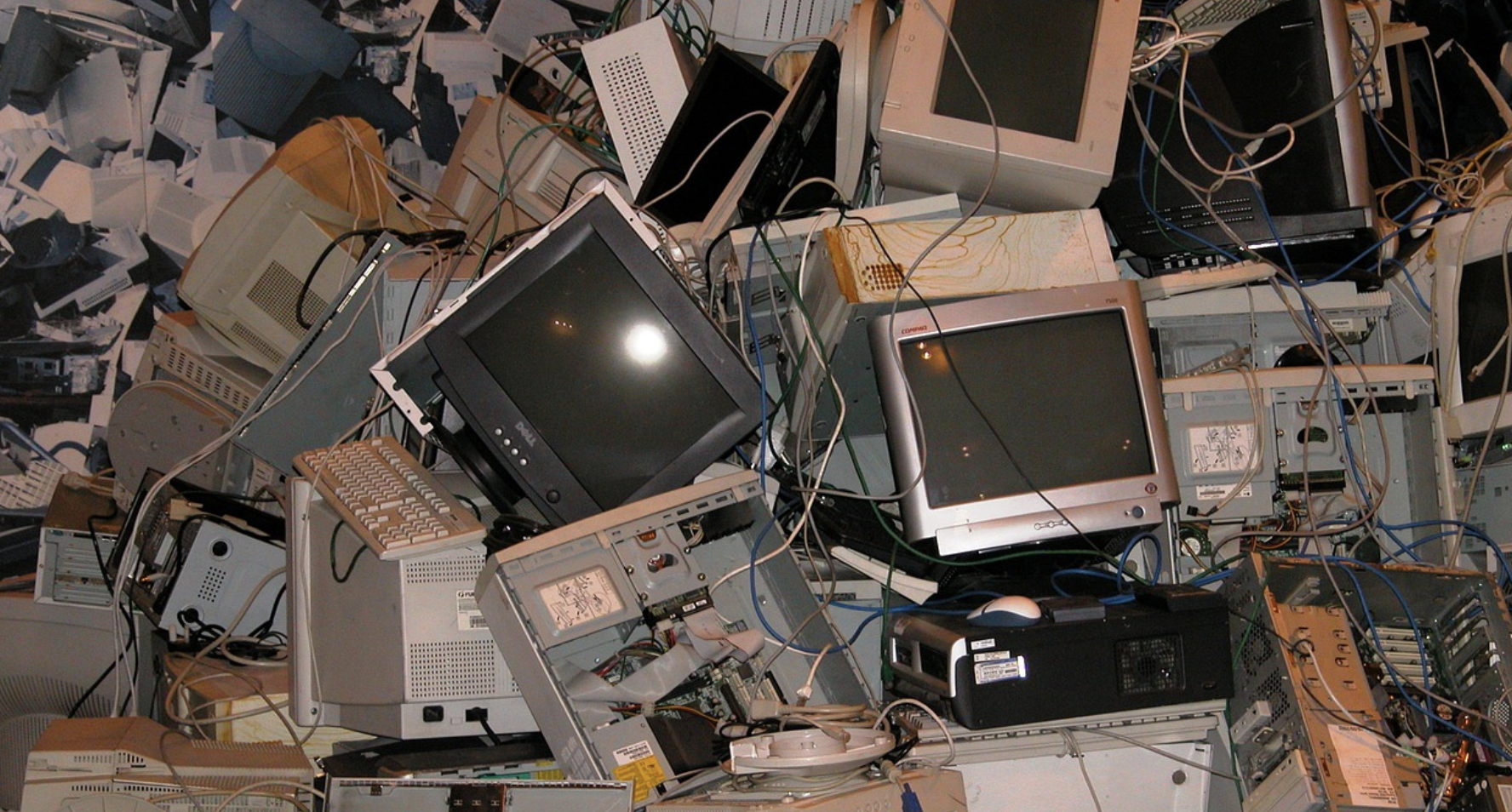A significant part of electronic waste ends up in unknown places
Electronic waste is becoming a growing problem worldwide: in 2019, for example, 53.6 million tons were generated, more than 80% of which ended up in unknown locations – unofficial landfills, waste sites, demolition sites, etc. – carried out, of which only 10 million tons were the amount that was documented and properly recycled.

A significant part of electronic waste ends up in unknown places
Fortunately, the situation is better in Hungary, but tens of thousands of tons of electronic waste are still left out of the recycling system every year and end up, for example, in municipal waste. LG Hungary’s October campaign draws attention to the importance of reducing and responsibly managing electronic waste.
Proper treatment and recycling of waste electrical and electronic devices is important partly because they contain potentially harmful and polluting substances, and partly because they represent a significant source of raw materials, including precious metals. This means that they have no place either in the household waste or among things subject to littering, since in our country there is also an extensive system that supports the collection and professional recycling of these devices.
Related news
AM: One of Hungary’s greatest strategic assets is good-quality fertile soil
🎧 Hallgasd a cikket: Lejátszás Szünet Folytatás Leállítás Nyelv: Auto…
Read more >One of Hungary’s greatest strategic assets is its good-quality soil
🎧 Hallgasd a cikket: Lejátszás Szünet Folytatás Leállítás Nyelv: Auto…
Read more >It’s really worth it for the most beautiful moments – Lidl has launched a special campaign
🎧 Hallgasd a cikket: Lejátszás Szünet Folytatás Leállítás Nyelv: Auto…
Read more >Related news
Egg prices up nearly one-third
🎧 Hallgasd a cikket: Lejátszás Szünet Folytatás Leállítás Nyelv: Auto…
Read more >Layers of problems
🎧 Hallgasd a cikket: Lejátszás Szünet Folytatás Leállítás Nyelv: Auto…
Read more >Too many gifts, too much food: our holiday excesses are putting a serious strain on the environment
🎧 Hallgasd a cikket: Lejátszás Szünet Folytatás Leállítás Nyelv: Auto…
Read more >






